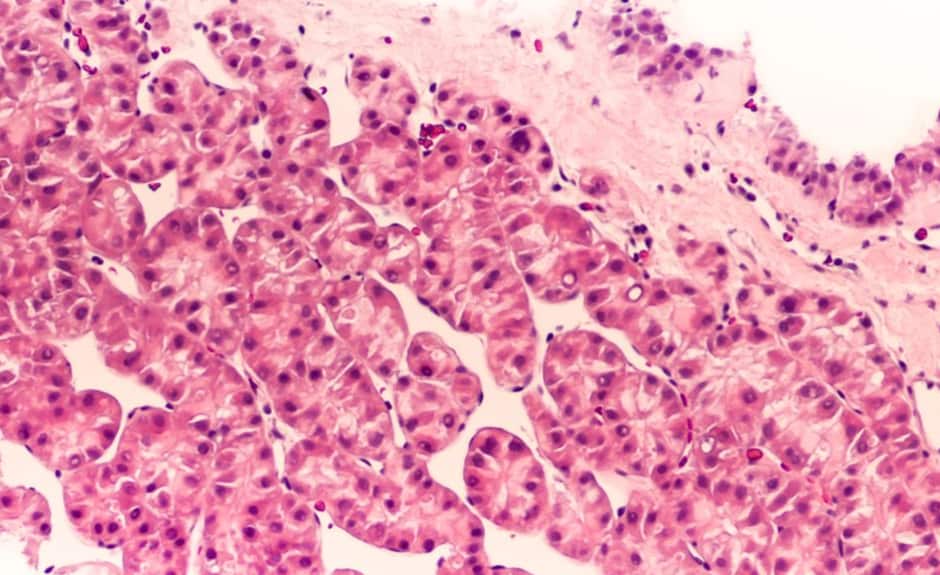New biomedical imaging system could improve disease diagnosis
Researchers at Purdue University have combined optical and ultrasound technology to develop a biomedical imaging system that is expected to improve the diagnosis of diseases including cancer and diabetes.

Photoacoustic tomography is a non-invasive technique that converts absorbed optical energy into acoustic signal. Pulsed light is sent into body tissue, creating a small increase in temperature that expands tissue to an acoustic response detected by an ultrasound transducer. Ultrasound data is then used to visualise the tissue.
“The nice thing about photoacoustic tomography is the compositional information,” said Craig Goergen, an assistant professor in Purdue University’s Weldon School of Biomedical Engineering. “It provides information about where blood and lipid are located, along with other essential information.”
The results of a study describing an adjustable photoacoustic probe with improved light delivery and image quality have been published in Photoacoustics.
According to Purdue, the system provides real-time compositional information of body tissue without the need for contrast agents and with better depth penetration compared with conventional optical techniques.
Photoacoustic tomography can be used to detect or monitor diseases including cardiovascular disease, diabetes, and cancer. These conditions are estimated by the US Centers for Disease Control and Prevention to cost over $718bn a year.
Register now to continue reading
Thanks for visiting The Engineer. You’ve now reached your monthly limit of news stories. Register for free to unlock unlimited access to all of our news coverage, as well as premium content including opinion, in-depth features and special reports.
Benefits of registering
-
In-depth insights and coverage of key emerging trends
-
Unrestricted access to special reports throughout the year
-
Daily technology news delivered straight to your inbox










Water Sector Talent Exodus Could Cripple The Sector
Maybe if things are essential for the running of a country and we want to pay a fair price we should be running these utilities on a not for profit...